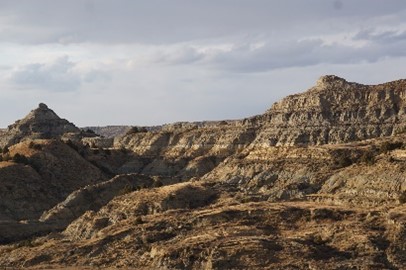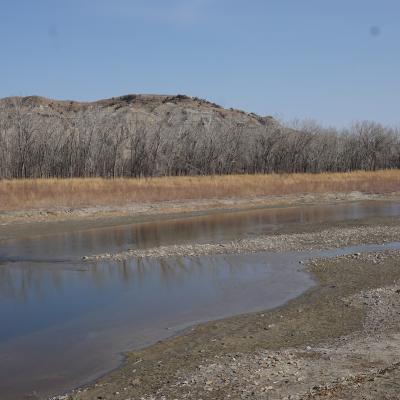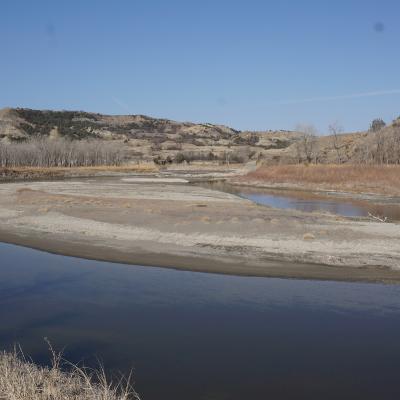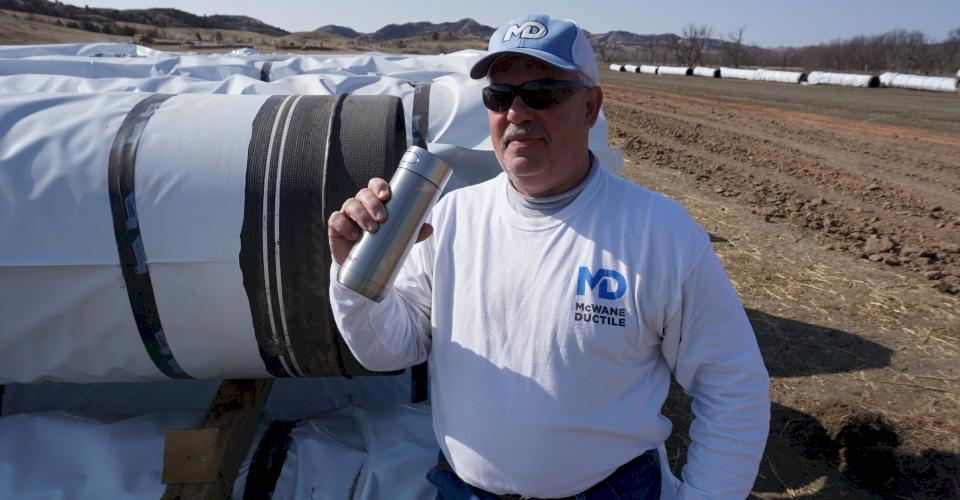Celebrating Earth Day reminds us of the glorious surroundings we are provided with, bringing joy and happiness to our everyday lives. A variety of topographies span from rivers and streams to mountains and valleys. Even deserts and dry climate regions provide some of the most picturesque landscapes known to man. Earth Day is conveniently celebrated in the spring when flowers and trees burst with bountiful flowers and blooms. New life abounds as animals give birth to a new generation. A simple family picnic on a manicured lawn or trip down a mountain on a bike are just a couple of examples of pleasures we can enjoy.
What About Our Responsibility?
Earth Day also reminds us of our duty and obligation to protect the marvelous world we have been provided. As springtime brings warmer temperatures, which tend to pull us out of the wintery blues, many begin focusing on shedding a couple of those holiday pounds. Eating better foods, stretching those muscles, and increasing movement to get our blood pumping. The results of such actions can be quickly seen when pounds disappear, and we start feeling better about ourselves. Trust me, between my two daughters, one being a Nurse and the other a Dietetic Major, this old guy just can’t catch a break.
So, how about our responsibility to maintain Mother Earth? And how does that relate to our everyday life as water professionals? Our responsibilities are far greater than simply manufacturing a product or maintaining a water system. The decisions made based on the available choices impact our world to a much deeper degree than most people realize.
Recycling
Our family began recycling decades ago. The notion of re-using something vs. irresponsibly discarding it appeared to be a no-brainer. The McWane family of companies has been recycling millions of tons of steel for over 100 years. Generations after generations of employees have produced quality products that help provide clean potable water to millions of residents while reducing the carbon footprint by using over 95 percent recycled materials.
McWane Ductile operates Ductile iron pipe (DI pipe) facilities in New Jersey, Ohio, and Utah. These three facilities recycle over a million pounds of steel every day! Imagine the size of that landfill! Consider a different perspective. An average car weighs approximately 3,000 pounds. Daily recycling of one million pounds equals 333 vehicles a day. Placed end to end that is over a mile of cars every day.
Keeping the Air Clean
McWane Ductile pioneered the use of baghouses beginning in 2005. All three McWane Ductile foundries use state-of-the-art cupola air pollution control systems when manufacturing Ductile iron pipe.
The Cupola uses exhaust gases as fuel to pre-heat incoming air. This method increases the melting efficiency by reducing other fuel use and reducing carbon monoxide emissions to 10 parts per million.
Activated carbon is injected into the exhaust gas stream to reduce mercury emission levels by more than 98 percent. A baghouse removes the mercury-containing activated carbon and particulates at a greater than 99.9 percent efficiency for filterable particles 2.5 microns and larger.
Environmental Impact
It’s reassuring to know Ductile iron pipe is manufactured in an environmentally compliant and earth-friendly way. The fact also remains – DI pipe has a higher percentage of recycled materials used in the manufacturing process vs. alternate materials. Still, the impact goes beyond the subject of recycling and cleaner air.
Using the Envision Rating System®
The Institute for Sustainable Infrastructure provides the Envision Rating System as a comprehensive tool designed to determine if the right project is being completed. Additionally, to help determine if the project is being done – right. How does this correlate with Earth Day? Well, we previously discussed the high recycled content of Ductile iron products. One could mention that Ductile iron may be recycled over and over with no true "end of life."
The fact being that Ductile iron has a life expectancy of more than 100 years, it will be a while before a new pipeline needs to be repaired, replaced, or recycled. Other pipeline products simply do not compare regarding recycled content or expected usage. It is interesting how alternate product manufacturers use Ductile Iron as the standard or benchmark for their design parameters. A deeper look into the Envision Rating System considers a multitude of additional factors.
Bedding requirements for the pipeline are greatly reduced when using Ductile iron due to the material's inherent strength. PVC (Polyvinyl Chloride) and HDPE (High Density Polyethylene) heavily rely on raw materials (resin) for manufacturing and require special backfill material.
Using backfill material beyond native soil will increase the use of raw materials and transportation expenses. The increased transportation costs are directly associated with increased usage of fossil fuel, equipment, etc. DI pipe has a higher degree of hoop strength compared to most alternate products. The DI pipe, therefore, does not rely on support from the trench to maintain shape.
Does it really matter if PVC or HDPE tend to become oval when not properly supported? Sure, it matters! Especially if the operating costs are taken into consideration. Most of the flow is in the center of the pipe. Therefore, the deflection of the pipe will ultimately increase the necessary force and "pumping cost" to move the fluid. That does not sound efficient and certainly is not good for the environment.
Speaking of flow, a 12-inch diameter class 350 Ductile iron waterline operating at a 5 ft/sec velocity will provide 1,916 gallons per minute or 20,437 12-ounce glasses of water. Specifying superior DI pipe helps to ensure the system will operate at maximum efficiency for generations to come. Who would ever think about how important a decision on backfill material affects the environment? An environmentally conscious water professional would!
Installation Options
Many water line installations are completed using conventional open trench methods. What other options are available that benefit the environment? Horizontal Directional Drilling (HDD) with DI pipe has grown in popularity in recent years. The option to drill below lakes, rivers and even front yards allows the design of the pipeline to circumvent natural or humanmade obstacles, especially water crossing.
So, if going around or above is not an option, a Ductile iron pipe can go below the obstacle. A perfect example is a project crossing the Little Missouri River. It would not be difficult to divert the water and open cut for the installation. However, there will be no environmental impact on the water as the choice has been made to install the pipe using HDD. Additional bonuses are a reduction of time waiting on permitting and the cost of those permits as well.
Withstanding the Forces of Nature
As beautiful as Mother Nature can be, we must respect her shear force and the potential for disasters such as storms, floods, earthquakes, and wildfires (that often follow earthquakes). Because of Ductile iron’s proven inherent strength, resiliency, and durability, it can withstand many of the punches nature might throw. Ductile iron has 13 times the impact strength of alternate materials and withstands sudden shocks and long-term stress.
And what about fires, especially those that we’ve seen rage across the western United States recently? Have you ever watched a straw or water bottle burn in a fire? (we do not recommend you do this.) It rapidly melts with incredible speed and emits toxins. The same goes for PVC and HDPE.
Experts are warning that after the wildfires stop burning, a danger could exist in the drinking water. Plastic piping, common in California’s mountainous areas, releases toxins when heated, melted, or burned. Not only is there concern for harmful ash run-off that can make its way into water sources like reservoirs, but a study published by American Water Works Association Water Science1 also said such piping, even if it were not damaged, could absorb toxins passing through them that would leach into the water over a long period of time.
What Does Earth Day Mean to You?
So, as water professionals, we at McWane Ductile ask, what does Earth Day mean to you? It could mean something different to all of us. We encourage you to reflect on how we can work together to stop harmful actions, make conscious decisions to improve our environment, restore what has been harmed, and simply have awareness and concern for all living organisms. Let’s all raise our reusable cup of clean, fresh drinking water for a toast...
Happy Earth Day!
Need Assistance with Your Waterworks Project?
If you have any questions regarding your water or wastewater infrastructure project, be sure to reach out to your local McWane Ductile representative. We have team members who've managed small and large water utility systems, served in engineering consulting firms, and bring decades of experience in solving field issues involving pipeline construction and operation. From design to submittal, to installation, we strive to provide education and assistance to water professionals throughout the water and wastewater industry.
Check Out All Our Digital Offerings
- More articles and videos from our Iron Strong Blog
- Training Opportunities with McWane Ductile
- The McWane Pocket Engineer
- Engage with us on LinkedIn
- Follow us on Facebook
- Follow us on Twitter
References
Horberry, Max. "After Wildfires Stop Burning, a Danger in the Drinking Water." The New York Times, New York, October 2, 2020.













